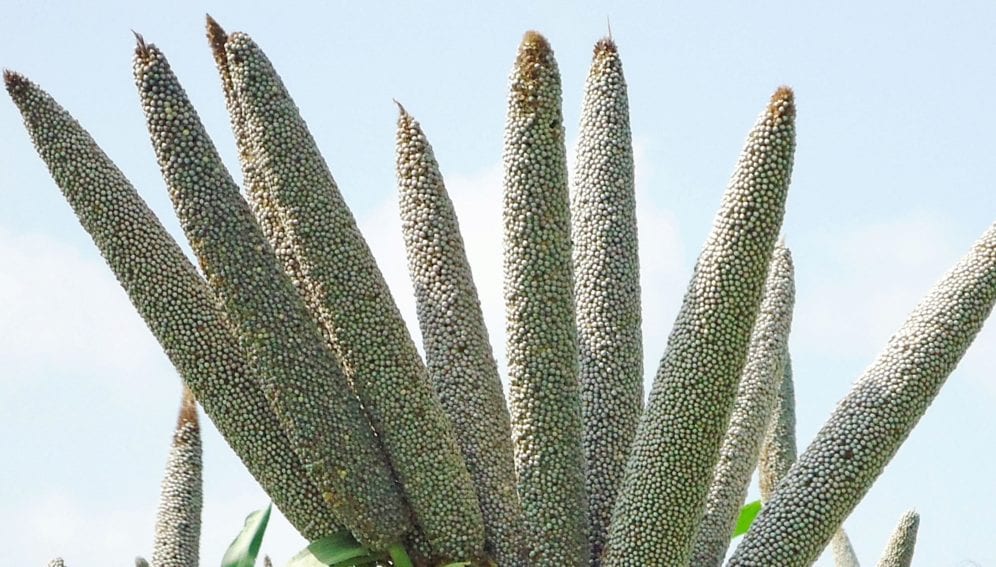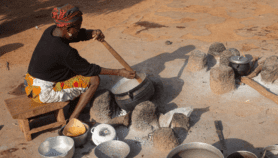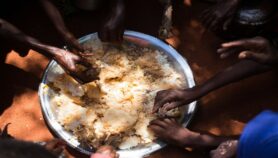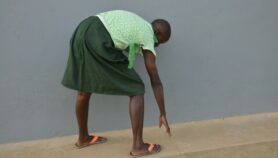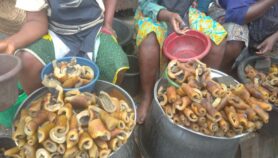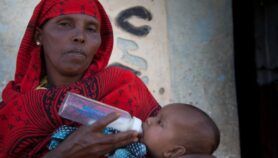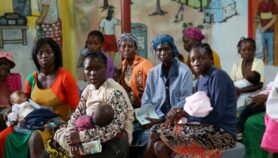Send to a friend
The details you provide on this page will not be used to send unsolicited email, and will not be sold to a 3rd party. See privacy policy.
[CAPE TOWN] Pearl millet bred with more iron through a special breeding process — called biofortification — can address the nutritional deficiencies of children and women in Africa and Asia, two trials have shown.
The trials were conducted to determine whether iron-biofortified pearl millet could release the added element to the body to help address iron deficiency.
Biofortification makes crops more nutritious as they grow, rather than adding nutrients when processing them into foods.
The researchers gave 20 young women in Benin — who served as their control group —meals made from iron-biofortified pearl millet, bred conventionally without genetic modification; regular-iron pearl millet; and post-harvest iron-fortified pearl millet. The women had two millet meals a day for three successive weeks. The researchers analysed the iron absorbed by the women for each meal.
"Our study shows that the total amount of iron absorbed from iron-biofortified and post-harvest iron-fortified pearl millet is about two-to three-times higher than from regular-iron pearl millet," the researchers wrote in the Journal of Nutrition this month (7 August).
Richard Hurrell, a co-author who is with the Swiss Federal Institute of Technology in Zurich, says the study supports biofortification of crops such as cereal grains and beans as ''a major strategy to combat micronutrient malnutrition''.
In the India study — also published in the Journal of Nutrition on 7 August — iron-deficient children under three years who ate traditionally prepared porridges and flat bread made from iron-rich pearl millet flour got their full daily iron requirements.
Bhalchandra Kodkany, the lead author and an obstetrician and gynaecologist with Jawaharlal Nehru Medical College in India, says that many mothers in India believe children cannot easily digest meals made of pearl millet, resulting in stomach upsets. "This study shows that not only can children digest pearl millet meals, but [they can] improve their iron levels as well".
Islam Yassir, a spokesman for US-based HarvestPlus, the programme that produced the iron-rich pearl millet used in the study, tells SciDev.Net: "The study is a clear validation of the approach to using staple food crops — pearl millet in this case — to fight back against iron deficiencies among women and children, which is widespread in semi-arid zones of Africa and Asia".
Scientists say iron deficiency contributes to impaired mental development in children, severe anaemia and increased risk of women dying during childbirth.
Michael Hambidge, a principal researcher in the Indian study and professor emeritus at the US-based University of Colorado Denver, says their results could boost micronutrient nutrition significantly by improving iron and zinc levels in the body.
Irene Labuschagne, a dietician at the University of Stellenbosch, South Africa, says that more evidence is emerging that nutritionally enhanced staple foods can cost-effectively alleviate micronutrient deficiencies, but she warns that the selection of crops to be biofortified must be done carefully.
"The food should be consumed [if possible] by all people in the target population," she says.
Labuschagne tells SciDev.Net that the added nutrients should not increase the risk of toxic effects. "Biofortification should preferably not increase the price of the food at all or substantially, and should be sustainable," she adds.
Link to full paper on Beninese study
Link to full paper on the Indian study
This article has been produced by SciDev.Net's Sub-Saharan Africa desk.
References
1. Journal of Nutrition doi: 10.3945/jn.113.176677 (2013)
2. Journal of Nutrition doi: 10.3945/jn.113.176826 (2013)


